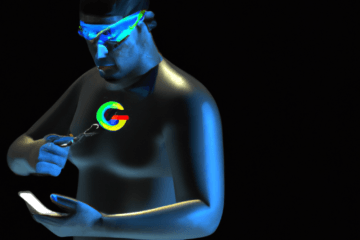Non-Fungible Tokens (NFTs) have taken the world by storm in recent years, revolutionizing the way digital assets are valued, sold, and owned. NFTs are unique, digital assets that are stored on a blockchain and cannot be replicated or exchanged for another item. While the concept of NFTs is still relatively new, the potential applications and uses for NFTs are endless. In this blog, we will explore the future of NFTs and what we can expect to see in the years to come.

Continued Growth and Expansion of the NFT Market
One of the most exciting aspects of the future of NFTs is the continued growth and expansion of the market. The NFT market has grown exponentially in recent years, with total sales of NFTs reaching over $10 billion in 2021. As more people become aware of NFTs and the potential they hold, we can expect to see continued growth in the market. This growth will likely come from increased adoption of NFTs in various industries, including art, music, gaming, and sports.
Increased Accessibility and Affordability of NFTs
Another trend we can expect to see in the future of NFTs is increased accessibility and affordability. While some NFTs have sold for millions of dollars, not all NFTs are prohibitively expensive. As more people become interested in NFTs, we can expect to see a wider range of NFTs available at a variety of price points. Additionally, we can expect to see increased accessibility to NFTs through various platforms and marketplaces, making it easier for people to buy and sell NFTs.
New Applications for NFTs
As the technology behind NFTs continues to evolve, we can expect to see new and innovative applications for NFTs. Some potential applications for NFTs include:
- Virtual Real Estate: NFTs could be used to represent virtual real estate in online games and virtual worlds.
- Digital Identities: NFTs could be used to create and manage digital identities, providing a more secure and decentralized way to verify identity.
- Collectibles: NFTs could continue to be used as collectibles, with new types of collectibles emerging in various industries.
- Rights Management: NFTs could be used to manage and monetize rights to digital content, such as music, videos, and images.
Improved Sustainability of NFTs
One of the criticisms of NFTs is their environmental impact, as the energy required to create and maintain a blockchain can be significant. However, as the technology behind NFTs continues to improve, we can expect to see increased efforts to make NFTs more sustainable. This could include using more energy-efficient blockchains, or developing new technologies that reduce the environmental impact of NFTs.
Increased Integration with Decentralized Finance (DeFi)
Finally, we can expect to see increased integration between NFTs and Decentralized Finance (DeFi). DeFi is a rapidly growing sector of the blockchain industry that aims to create a more open, transparent, and accessible financial system. By integrating NFTs with DeFi, we could see new financial products and services emerge, such as NFT-backed loans and NFT-based insurance products.
Conclusion
The future of NFTs is exciting and full of potential. As the market continues to grow and evolve, we can expect to see new and innovative applications for NFTs emerge, making them more accessible, affordable, and sustainable. With increased integration with DeFi and continued adoption in various industries, NFTs have the potential to transform the way we value, buy, and sell digital assets.

